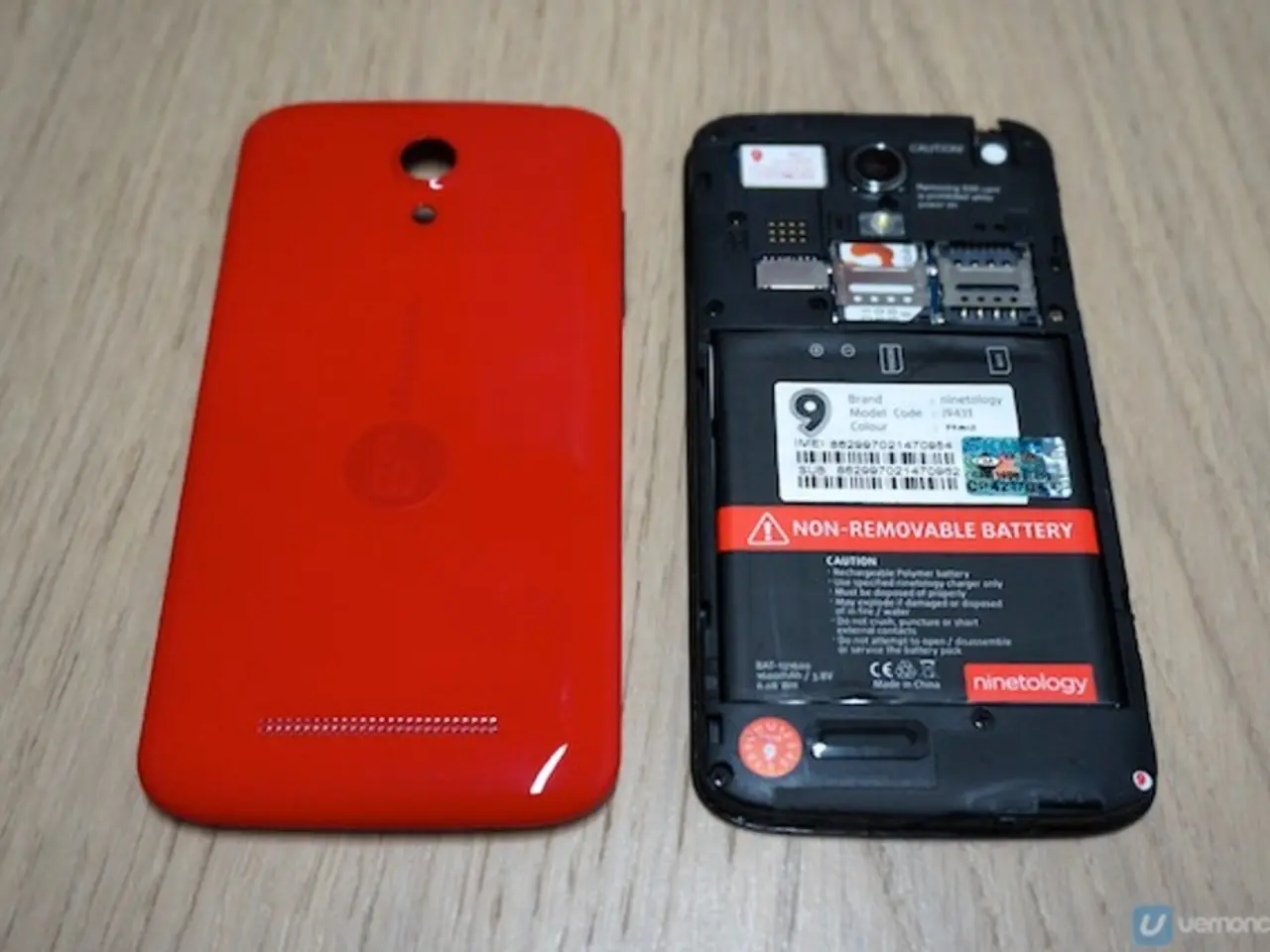Affordable Mobile Device Sparks Sustainable Growth for Climate Resistance
Mobile-Led Financial Inclusion Boosts Climate and Economic Resilience in Vulnerable Regions
The world is witnessing a significant shift in the way financial services are delivered, particularly in vulnerable countries, thanks to the rise of mobile-led financial inclusion. This transformation is not just about expanding access, but ensuring that every new account, loan, or insurance policy strengthens resilience, addresses climate risks, and leaves no one behind.
According to Michael Schlein, president and chief executive of global non-profit Accion, access to financial services is just the first step towards resilience and expanding opportunities. Recent statistics support this assertion, with the World Bank's Global Findex Database 2025 reporting that 75% of adults in low- and middle-income countries now have a financial account, up from 41% in 2011.
Mobile technology has played a crucial role in this increase. The $20 growth engine, referring to the widespread mobile phone ownership (86% of adults worldwide) and the surging use of mobile money, can transform access to savings, payments, and climate adaptation finance. This is evident in countries like Sudan and Mozambique, where e-wallets have enabled people to navigate daily life without carrying large amounts of cash in unsafe conditions during conflict, and households have received faster transfers and built both short- and term resilience after floods in 2021.
However, the success of mobile-led financial inclusion depends on the choices made now by governments, financial institutions, and innovators worldwide. The next decade will show whether this tool can truly transform resilience, with proper design and implementation being key.
Research from the Center for Financial Inclusion reveals that the design of financial products matters. Improperly structured financial tools can lead to investments in unsustainable practices if not paired with conservation safeguards. To effectively support climate and economic resilience, financial products must be designed to overcome barriers faced by the digitally and financially excluded, tailored to help users manage climate risks, and integrated with digital technologies.
Key mechanisms include enhancing rural and women’s access to finance, reducing transaction costs and fostering firm investment and liquidity, improving responsiveness to climate risks, supporting microenterprises and women entrepreneurs, linking to health and social protection, and collaboration with local partners.
In Kenya, for example, women in group savings schemes increased investments in preventative health items by 66%, including bed nets and clean water filters. Accion, a global non-profit, is also making early-stage equity investments in startups like Apollo Agriculture, Pula, Semaai, and Verqor, which provide quality inputs, market data, digital services, credit, and insurance to smallholder farmers in rural areas.
Moreover, Accion's ClimaFii Alliance works with financial service providers to design affordable financial products that make emission-reducing technologies available to micro-entrepreneurs across sub-Saharan Africa and in India. True financial resilience requires adequate savings, affordable insurance, and emergency credit, and these are areas where mobile-led financial inclusion can make a significant impact.
However, it's important to note that climate-linked shocks are already shaping behavior, with micro and small entrepreneurs who have experienced climate shocks more likely to invest in climate adaptation. Insurance payouts are virtually absent as a coping strategy for most who rely on cash, savings, friends, and family when a disaster strikes. Therefore, the focus must be on designing financial products that address these risks and provide appropriate safety nets.
In conclusion, mobile-led financial inclusion fosters climate and economic resilience by enabling vulnerable populations to access capital, manage risks, and invest in adaptive practices. By designing financial products with inclusivity, climate responsiveness, digital accessibility, and support for entrepreneurship, we can ensure these benefits effectively reach and empower those most at risk.
- The rise of mobile-led financial inclusion, as seen in the shift towards digital financial services, is not solely about expanding access; it's about ensuring that these new financial tools promote financial resilience, address climate risks, and are inclusive.
- Proper design and implementation of financial products are crucial in ensuring that mobile-led financial inclusion can effectively support climate and economic resilience, without contributing to unsustainable practices.
- As research from the Center for Financial Inclusion suggests, designing financial products that serve the needs of the digitally and financially excluded, help manage climate risks, and are integrated with digital technologies can significantly impact climate and economic resilience.
- The success of climate-smart finance and the catering to the lifestyle needs of individuals in terms of personal finance rely heavily on the choices made by governments, financial institutions, and innovators around the world, particularly regarding the design and implementation of climate-responsive financial products.




